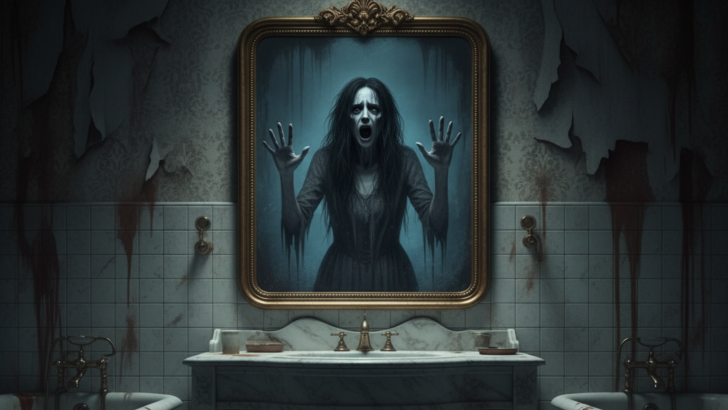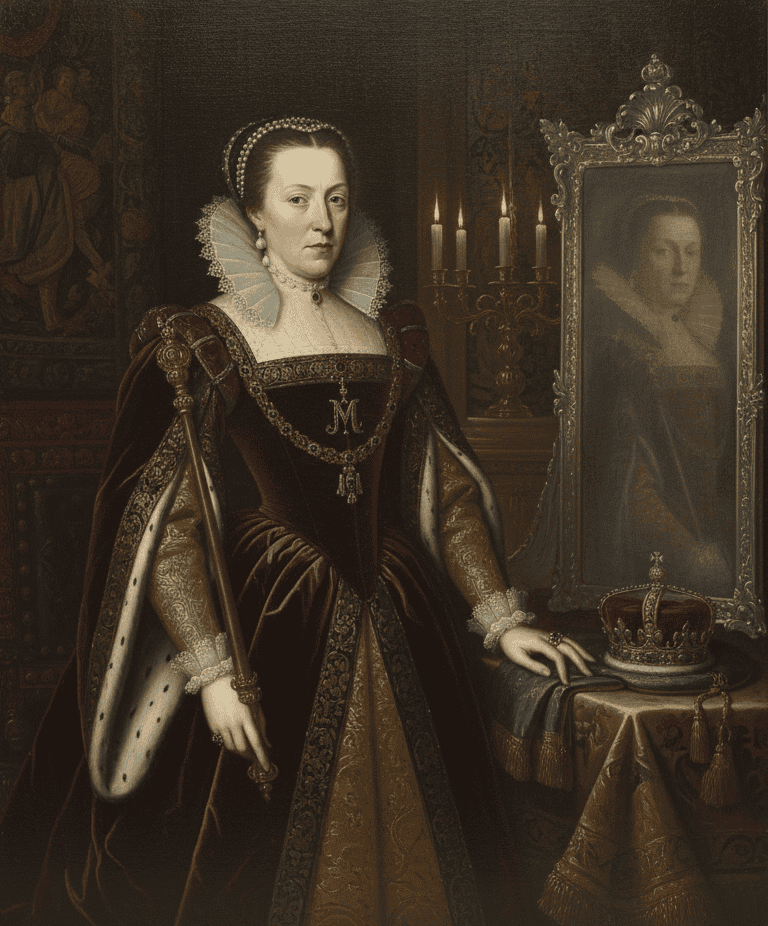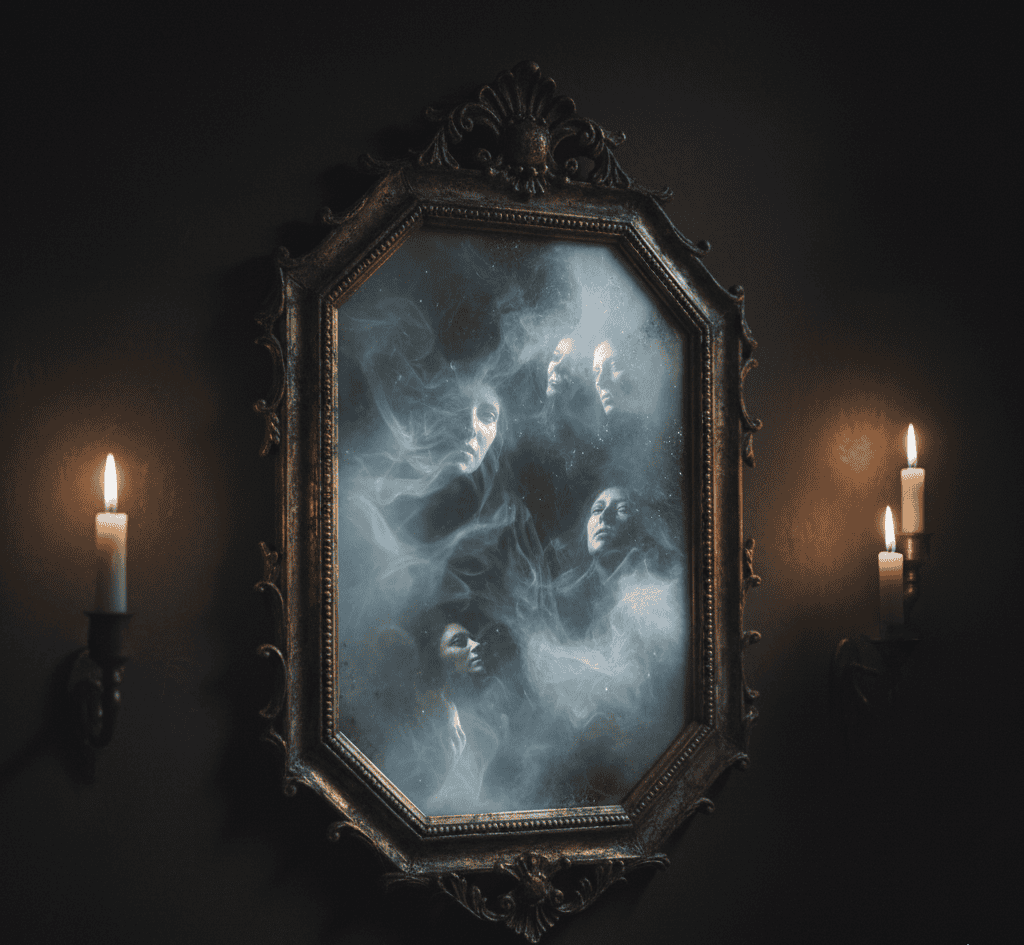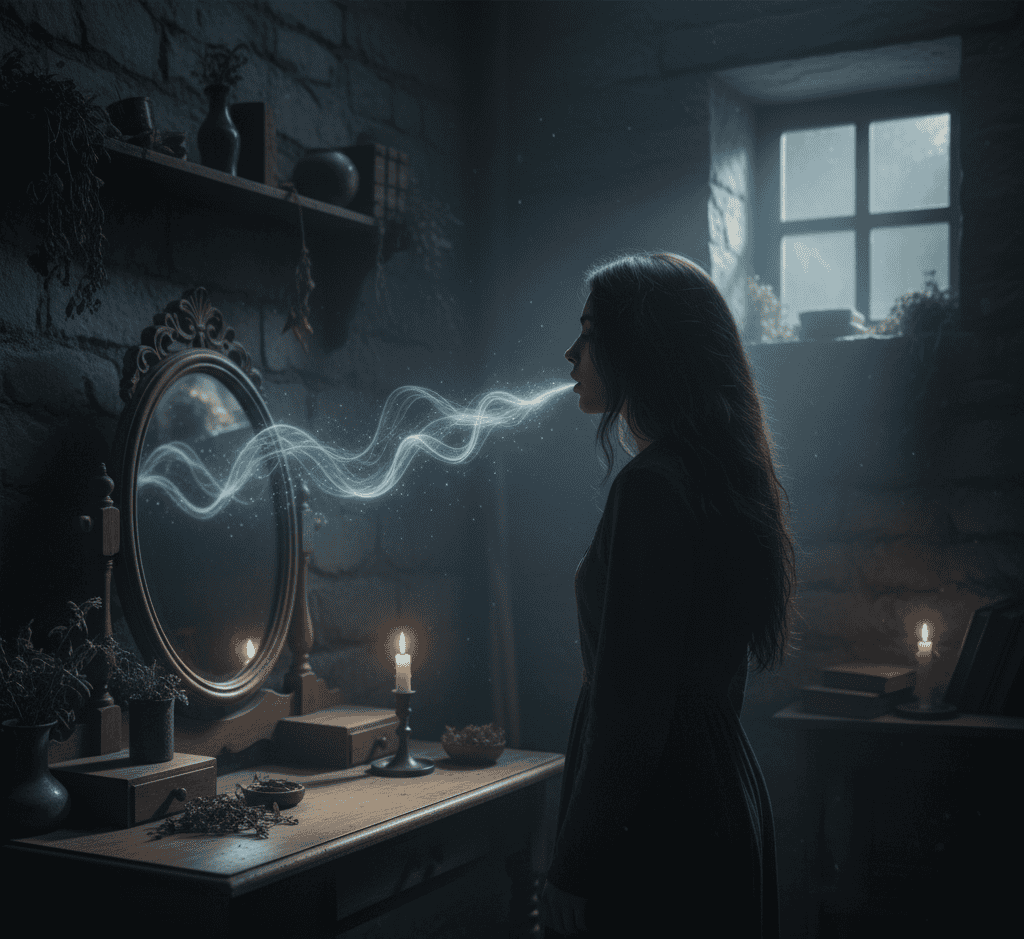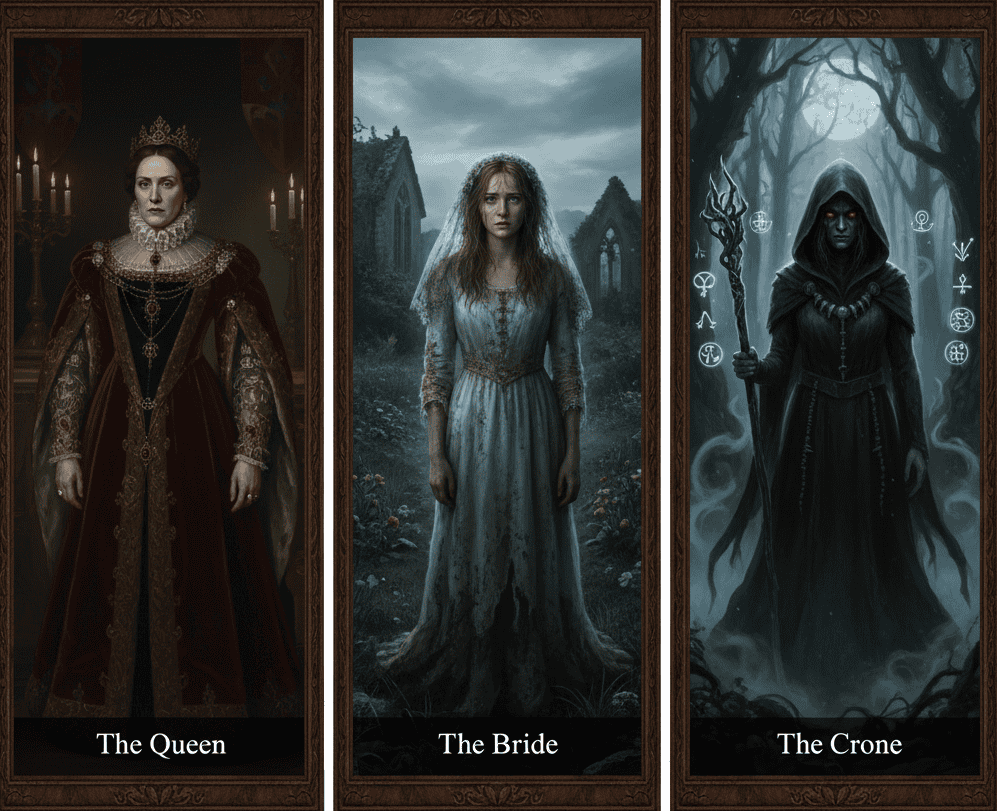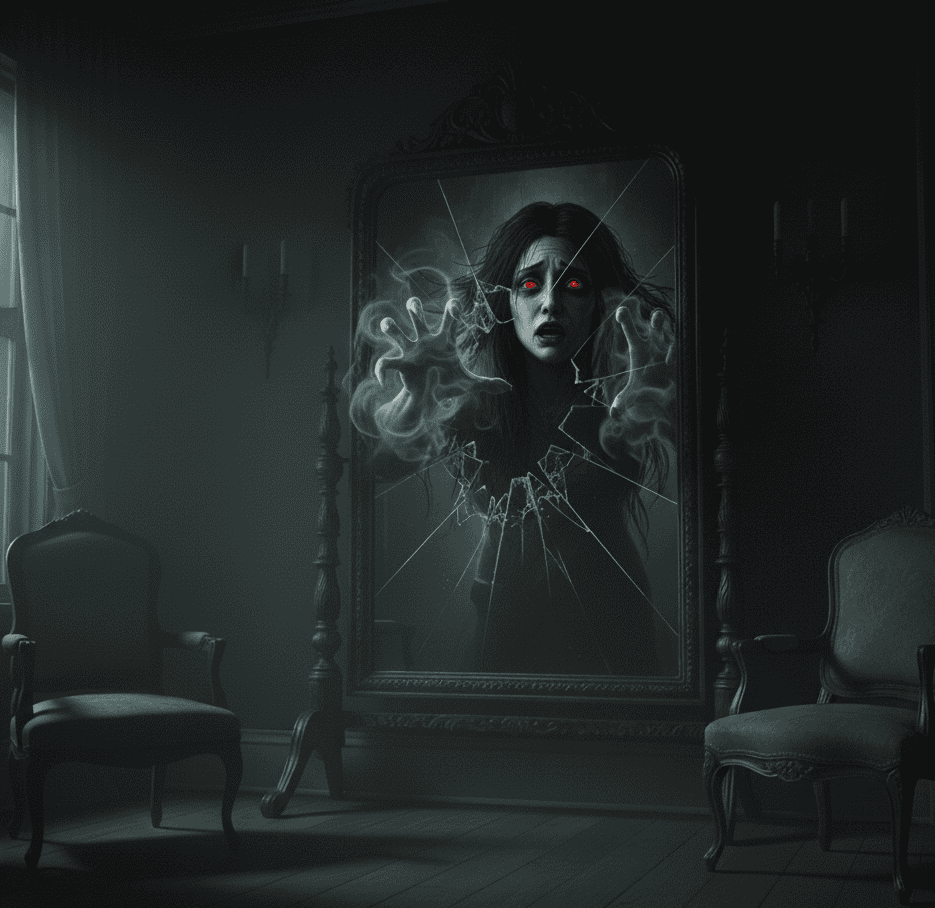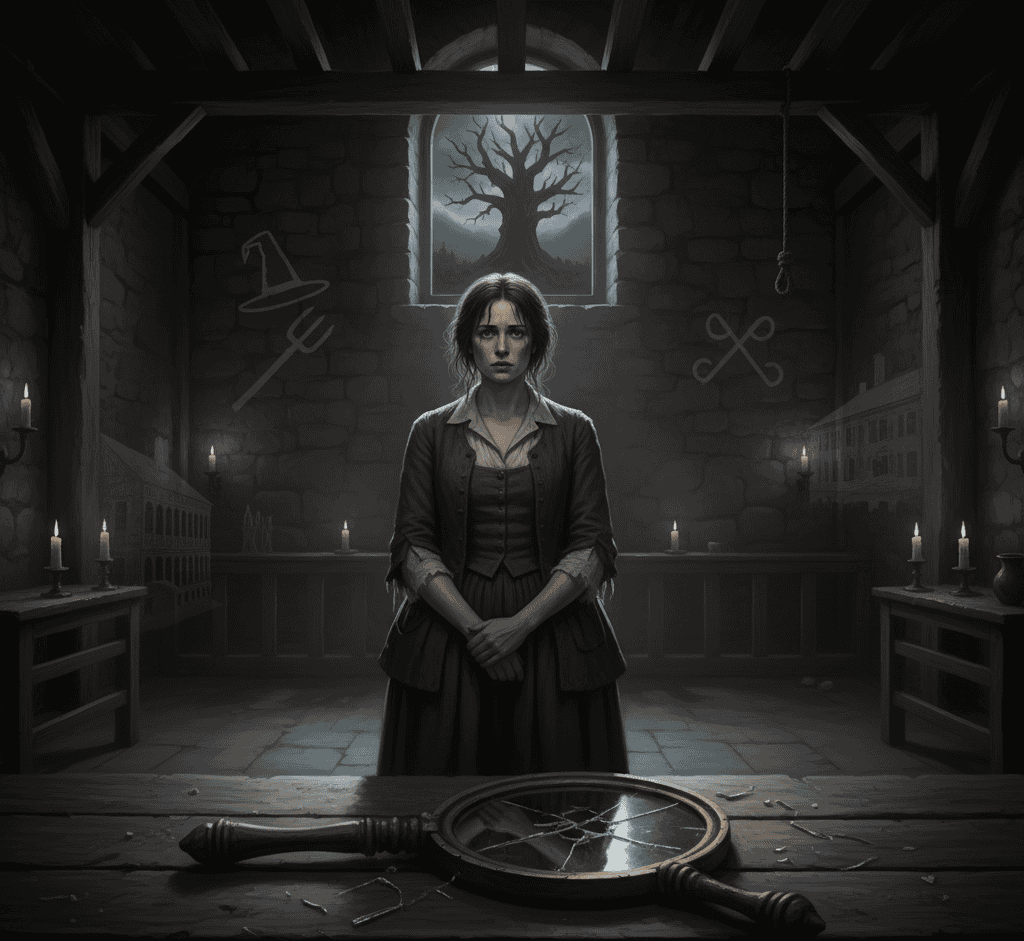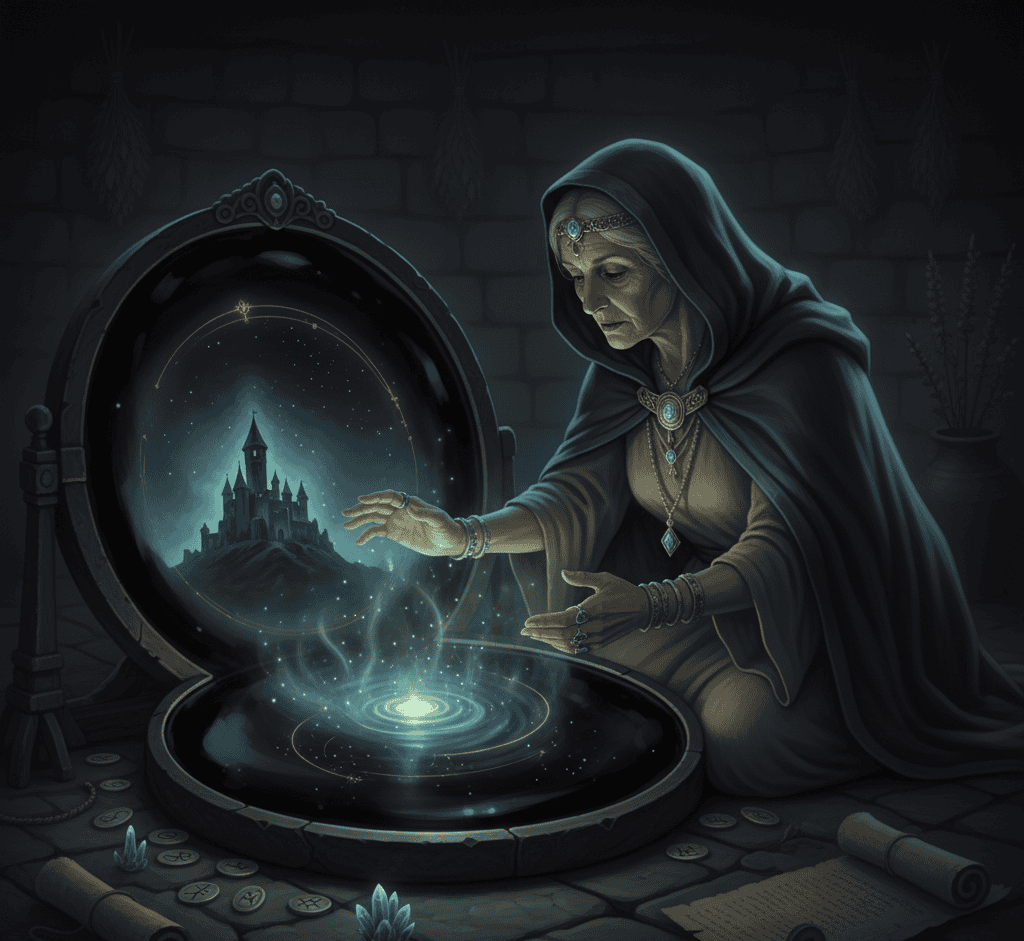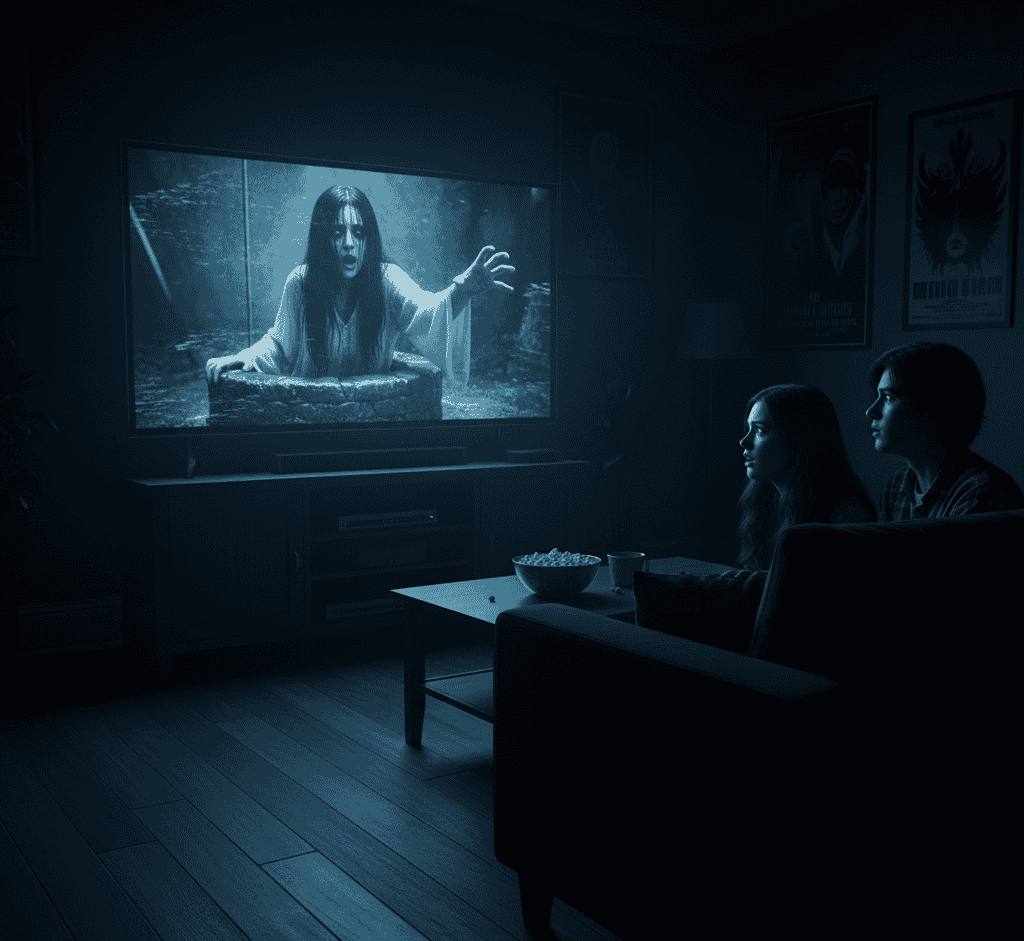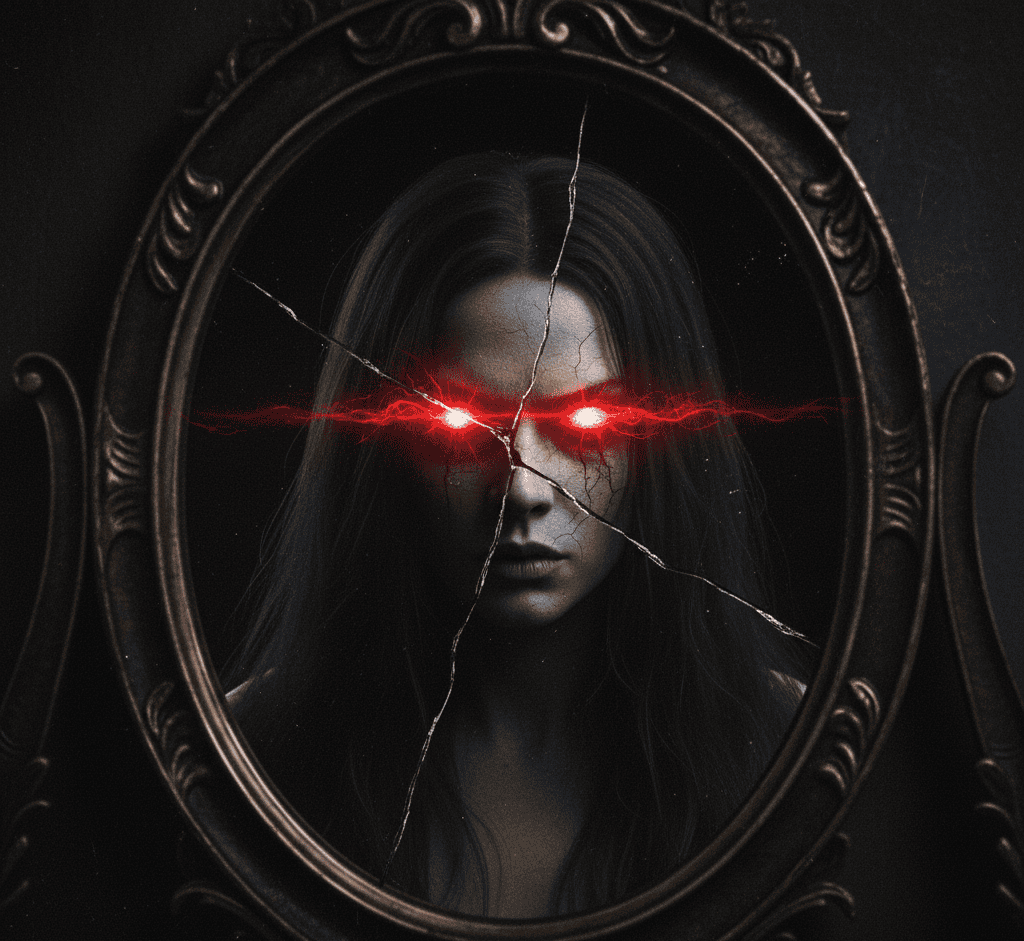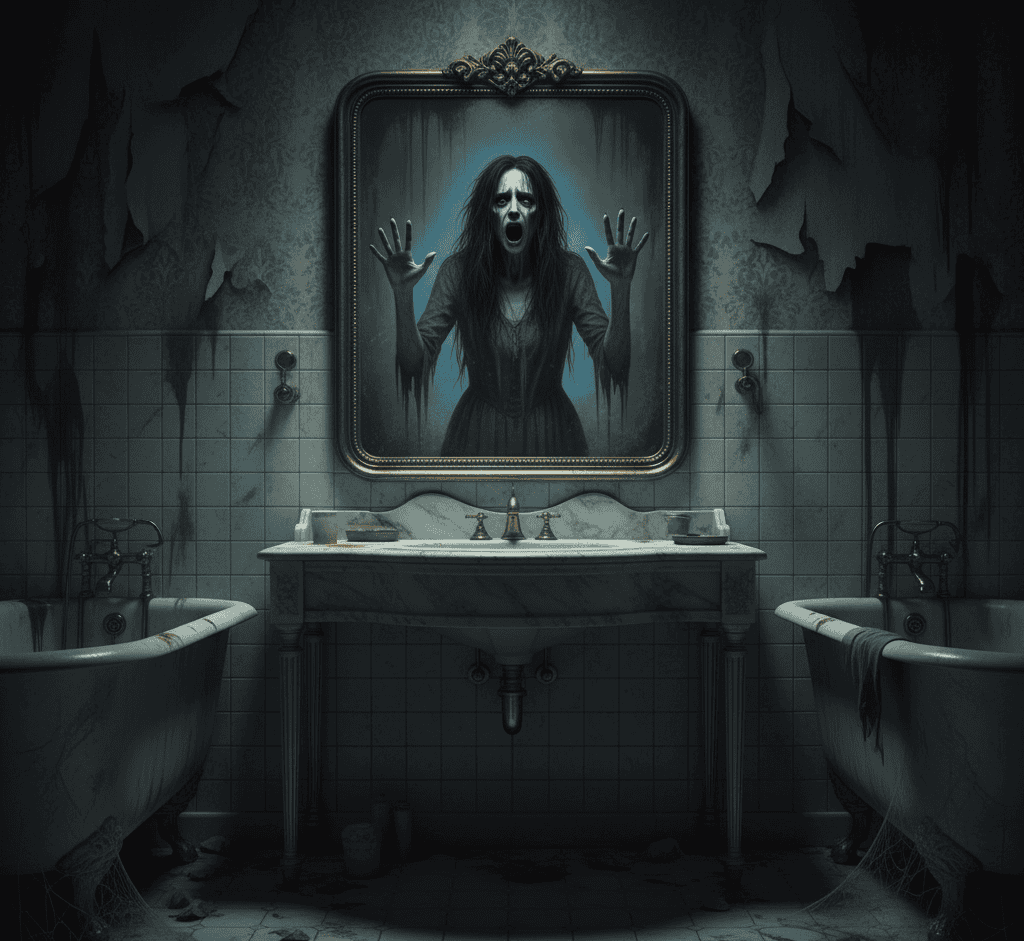Bloody Mary is a name that has haunted sleepovers, bathroom mirrors, and whispered dares for generations.
Most of us know the basic story: stand in front of a mirror at midnight, say her name three times, and face a terrifying spirit.
But the legend of Bloody Mary is far older and far darker than simple teen games. Across history, different versions of Mary appear with mysterious deaths, vengeful spirits, and shocking connections to real people.
Here are ten things you probably did not know about the bloody story behind the name that makes mirrors shiver.
1. Bloody Mary May Be Based on Real People
The most famous candidate is Queen Mary I of England. Known as Mary Tudor, she ruled in the 16th century and became notorious for executing hundreds of Protestants in her attempt to restore Catholicism.
While historians debate how accurate the nickname Bloody Mary really is, the connection between her and the ghost story is hard to ignore.
Other versions link the legend to a woman named Mary Worth or even European witches who were accused and killed centuries ago.
The real story is messy and dark, which helps explain why the name carries so much weight.
2. The Mirror Ritual Comes From Old Superstitions
The ritual of staring into a mirror comes from an old belief that mirrors are gateways to the spirit world.
People believed that souls could be trapped in mirrors, and calling a name three times was a way to summon them.
Some cultures even used mirrors to see the future or communicate with the dead.
The Bloody Mary game twists these old superstitions into a scary test of courage. That’s why mirrors feel creepy when the lights are low, and your own reflection seems just a little too real.
3. Saying Her Name Multiple Times Has Symbolic Meaning
Repeating a name three times has roots in folklore. In many traditions, three repetitions represent power, magic, and a binding force.
When kids chant Mary’s name three times, they unknowingly echo ancient practices of summoning spirits.
Three is a number that often signifies life, death, and rebirth in mythologies worldwide.
So the seemingly simple repetition is actually layered with centuries of symbolic meaning that adds tension to the ritual.
4. The Legend Changes Depending on the Region
Bloody Mary is not the same everywhere. In some American versions, she is a witch who was executed unfairly.
In the United Kingdom, she is linked to Queen Mary I. In parts of Europe, she is a vengeful bride or a woman wronged by her family.
Each version has its own story about why she seeks revenge or appears in mirrors.
The differences show how folklore adapts to local culture and fears. The mirror ritual stays consistent, but the identity of Mary changes depending on who is telling the story.
5. Some Stories Include Terrifying Consequences
While many people play Bloody Mary for thrills, the stories warn of serious consequences.
Some versions claim she scratches faces, others say she drags people into mirrors, or curses them for life.
Legends suggest that if you do not follow the rules exactly, she might appear angry or violent. These consequences make the story feel dangerous, even though most modern players are safe.
The thrill comes from imagining that something could actually happen when you whisper her name in the dark.
6. The Legend May Have Roots in Witch Trials
Some historians believe the Bloody Mary legend connects to early witch trials. Women accused of witchcraft were often executed in brutal ways and blamed for disasters.
Stories of vengeful spirits began circulating to explain misfortune or unexplained deaths.
Over time, the figure of a wronged woman became a ghost who could be summoned in a mirror.
This ties the playful sleepover ritual to a very real and dark history of fear and persecution. It adds depth to the story and makes the name Bloody Mary more than just a scary game.
7. The Ritual Was Used as a Form of Divination
In some cultures, staring into a mirror at night was used to see your future or reveal hidden truths.
Children and adults believed that spirits could appear in reflective surfaces to share messages.
The Bloody Mary ritual may have originated from these divination practices. It is a mix of curiosity and fear that makes the legend stick even today.
When teens chant her name, they are unknowingly participating in an old method of contacting the unseen world.
8. Modern Pop Culture Helped Spread the Legend
Movies, television shows, and books have amplified Bloody Mary’s story. From horror films to paranormal television specials, she is portrayed as a dangerous and terrifying entity.
Each retelling adds new features such as glowing eyes, long hair, or supernatural powers.
Pop culture keeps the legend alive and sometimes creates new fears. Even people who never played the mirror game know the name and feel a shiver when it is mentioned.
9. Some Versions Say She Is Seeking Revenge
A common theme is that Bloody Mary is not random but has a reason to appear. She may be seeking revenge against those who wronged her in life or punishing people who summon her carelessly.
Stories suggest she is angry at betrayal, abuse, or injustice and will confront anyone who triggers her wrath.
This adds a moral dimension to the legend. It is not just about fear but also about respecting the unknown and the consequences of disturbing it.
10. The Legend Continues to Evolve
Even today, the Bloody Mary legend is changing. Social media has given birth to new challenges and online dares.
Some people post videos of themselves attempting the ritual, while others share theories about her origin and powers.
New versions of the story appear every year, making her more mysterious. The legend continues because people enjoy the thrill and connection to history.
Each generation adds its own twist, ensuring that Bloody Mary remains a fixture in folklore and popular culture.

Ho sempre sentito una forte connessione con il Divino fin dalla mia nascita. Come autrice e mentore, la mia missione è aiutare gli altri a trovare l'amore, la felicità e la forza interiore nei momenti più bui.

